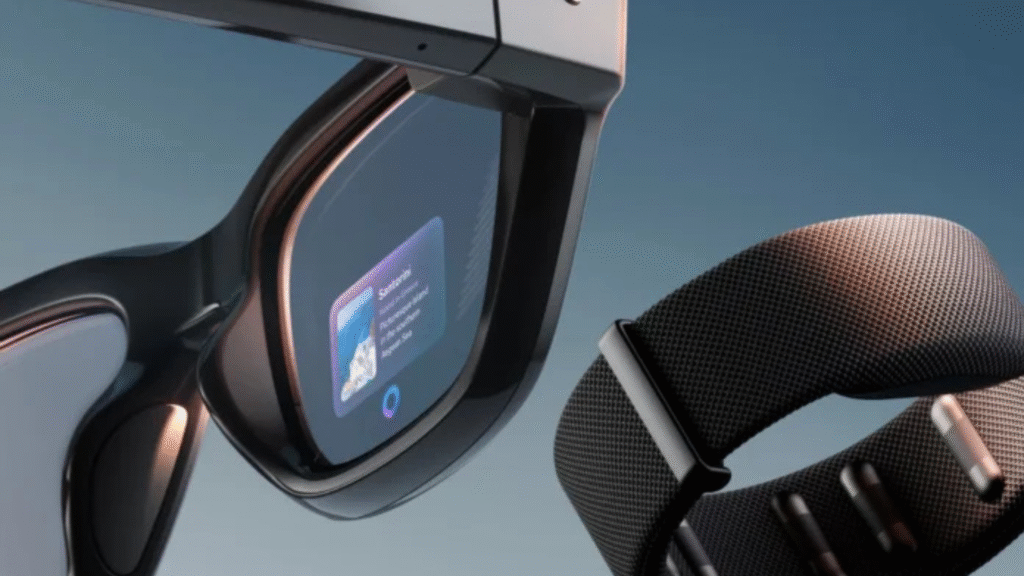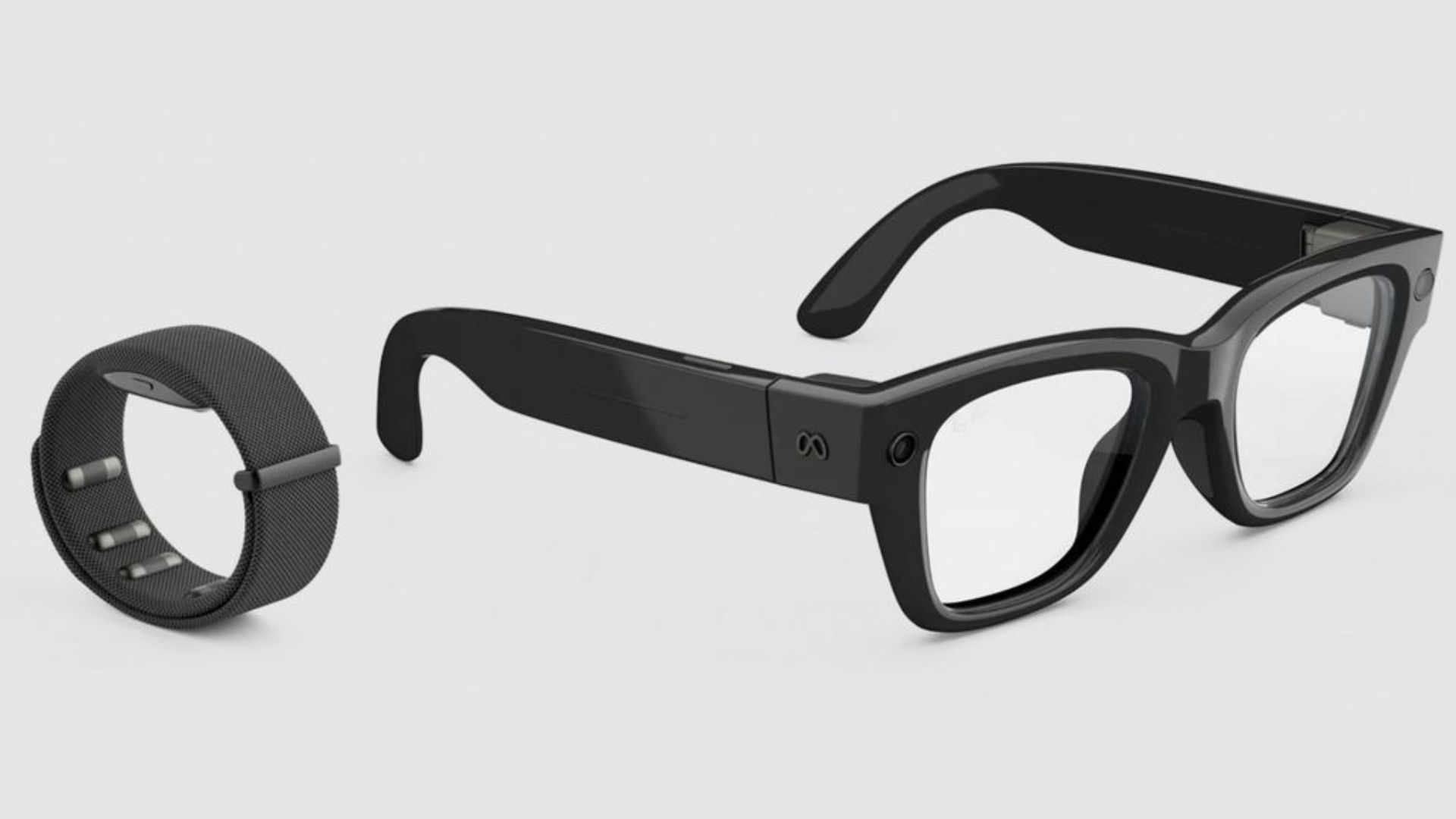
Meta unveiled its next-generation smart eyewear, the Meta Ray-Ban Display, at the Meta Connect event on September 17 in Menlo Park, California. Priced at US $799 (approximately R$ 4 240), the glasses feature an integrated display and come bundled with the Meta Neural Band, a wristband that interprets muscle gestures to control the device (CNN Brasil).
State-of-the-Art Display and Neural Wristband
The standout feature is a color micro-display embedded in the right lens, offering 600×600 pixel resolution and up to 90 Hz refresh rate. When inactive, the display becomes virtually invisible, preserving the look of traditional Ray-Ban frames (Canaltech).
The Meta Neural Band uses surface electromyography (sEMG) sensors to read electrical signals from the forearm. Subtle gestures—such as a thumb-index pinch—can select menu items or trigger the 12-megapixel camera, enabling photo capture, video recording in 3K, and live streaming. The band provides 18 hours of battery life and is water-resistant for all-day use.
Advanced AI Integration
Meta Ray-Ban Display offers seamless integration with Meta services, displaying WhatsApp notifications, scrolling Instagram feeds, and delivering real-time GPS directions. Instant translation overlays text directly on the lens, facilitating cross-language communication on the go. With six hours of mixed-use battery life and a charging case adding 30 extra hours, the glasses aim to support daily routines without interruption (TecMundo).
Competitive Landscape and Market Outlook
During Meta Connect, CEO Mark Zuckerberg acknowledged minor technical glitches during a live demo, underscoring that the technology remains in early stages. Nonetheless, smart-glasses sales have tripled over the past year, according to EssilorLuxottica—Meta’s Ray-Ban partner—with a target of 10 million units annually by 2026. Meta also announced Oakley Meta Vanguard sports glasses for $499 (launching October 21) and an upgraded audio-focused Ray-Ban model for $379 (Times Brasil).
Meta’s launch positions it against rivals such as Google’s Android XR initiatives and emerging AR-AI wearables, marking a pivotal moment in the convergence of personal computing, artificial intelligence, and fashion.












